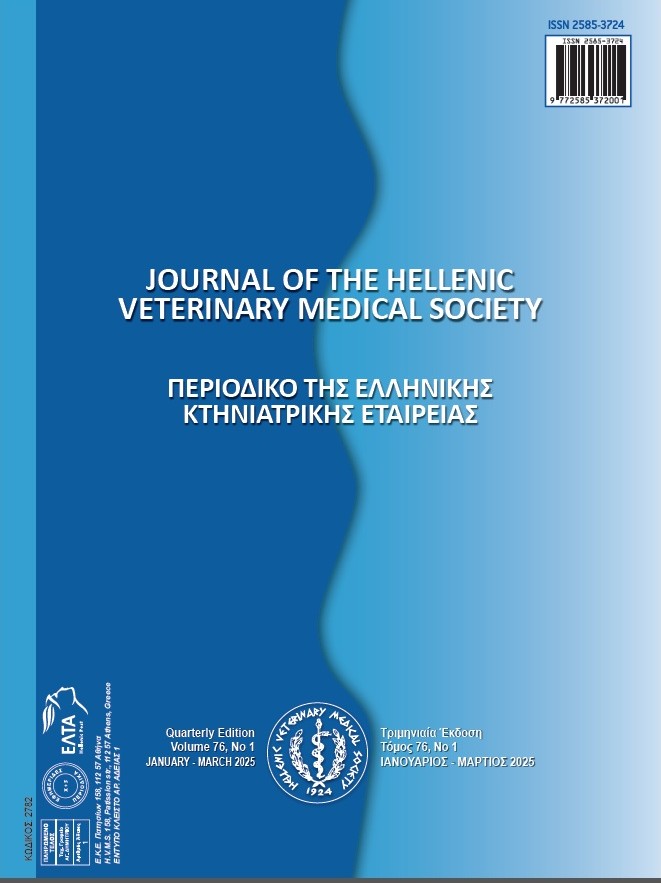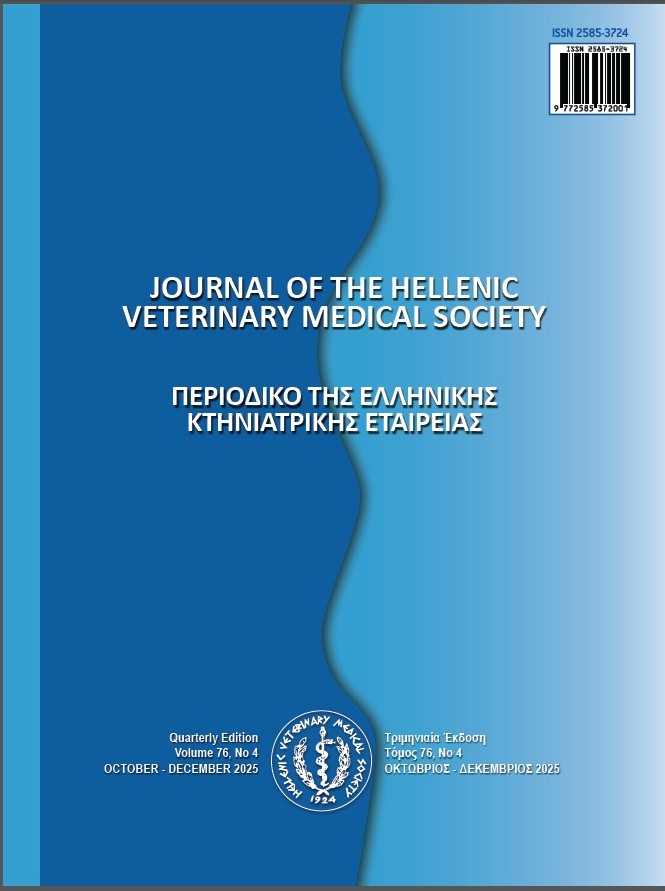Risk assessment about effectiveness of biosecurity implementations on horse properties in Turkey

Abstract
The present study was performed by conducting interviews with 382 horse owners and managers between April 2019 and March 2022 to examine biosecurity implementations on non-commercial horse properties in Turkey and the attitudes and behaviors of horse owners toward viral horse diseases and explain the procedures that visitors should follow. Data were collected with a semi-structured questionnaire. While collecting data from horse owners, 548 nasal swabs were taken from horses on properties to detect equine viral arteritis infection. Correlations between property-level variables and biosecurity implementations in horses were analyzed by logistic regression. Swap samples were investigated for equine arteritis virus antigen by PCR. While 341 (89.27%) of horse owners and managers reported that they applied biosecurity procedures to check the health of newly arrived horses on the property, 125 (32.72%) stated that they applied isolation as a standard procedure upon the entry of horses to the property. On properties where isolation was not routinely applied, the main reason for isolating horses was an illness that emerged on other properties (n=78). Few participants (n=44) checked new horses for fever or other clinical symptoms of infectious disease. Only 54 (14.14%) horse managers reported that they applied visitor procedures. Within the general framework, 301 (78.79%) of horse properties were visited by a horse specialist, but 51 (13.35%) reported the biosecurity procedure for these visits. The obtained findings simplify a better insight of property owners' effective decision-making processes behind horse health discretions and can meet feedback to the sector stakeholders on influential biosecurity implementations.
Article Details
- How to Cite
-
Ince, O., Paksoy, Y., & Sait, A. (2024). Risk assessment about effectiveness of biosecurity implementations on horse properties in Turkey. Journal of the Hellenic Veterinary Medical Society, 75(2), 7397–7406. https://doi.org/10.12681/jhvms.34623
- Issue
- Vol. 75 No. 2 (2024)
- Section
- Research Articles

This work is licensed under a Creative Commons Attribution-NonCommercial 4.0 International License.
Authors who publish with this journal agree to the following terms:
· Authors retain copyright and grant the journal right of first publication with the work simultaneously licensed under a Creative Commons Attribution Non-Commercial License that allows others to share the work with an acknowledgement of the work's authorship and initial publication in this journal.
· Authors are able to enter into separate, additional contractual arrangements for the non-exclusive distribution of the journal's published version of the work (e.g. post it to an institutional repository or publish it in a book), with an acknowledgement of its initial publication in this journal.
· Authors are permitted and encouraged to post their work online (preferably in institutional repositories or on their website) prior to and during the submission process, as it can lead to productive exchanges, as well as earlier and greater citation of published work.






